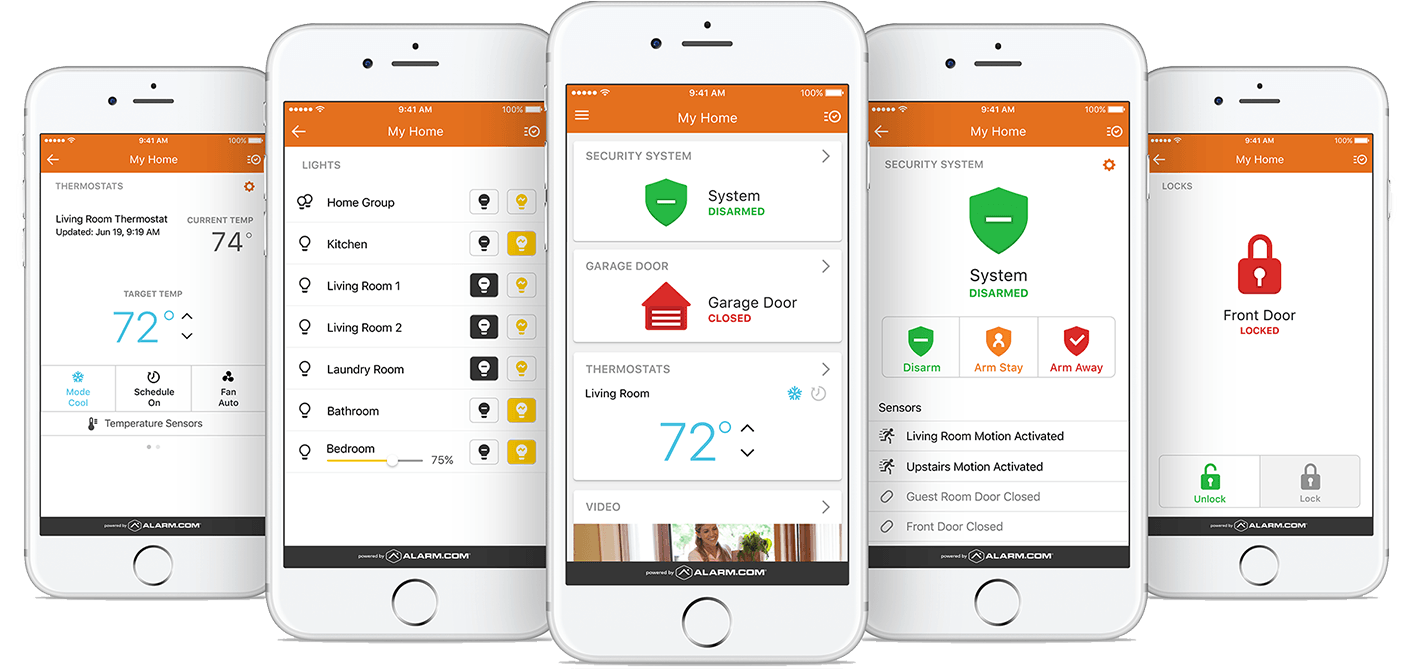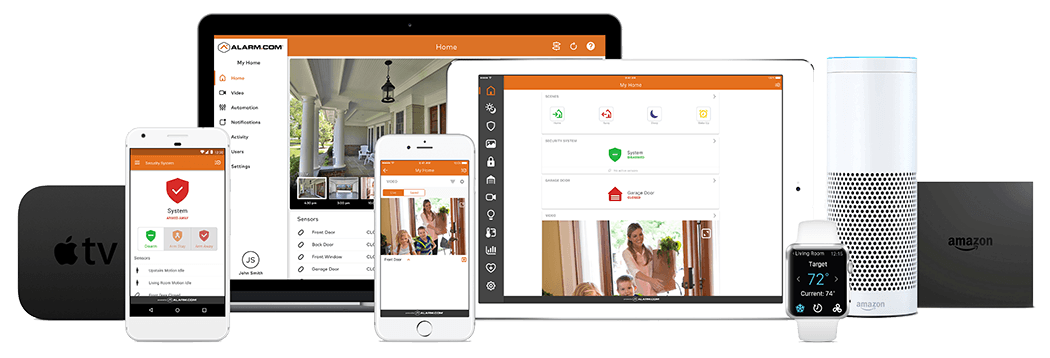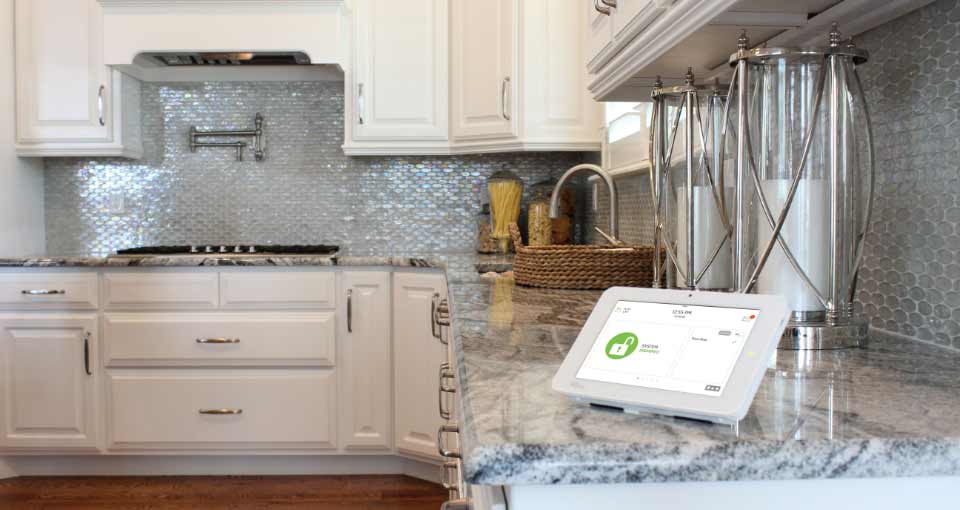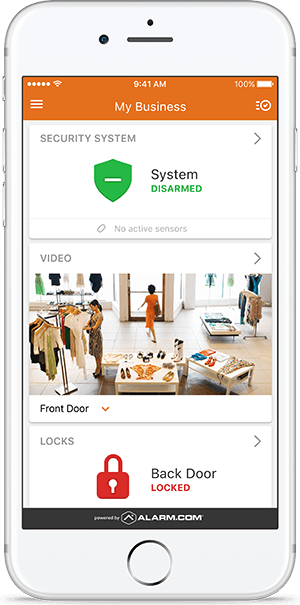Quelles technologies sont incluses dans les systèmes d’alarme de Sting?
Les systèmes d’alarme de Sting Sécurité intègrent des technologies de pointe, assurant une protection optimale pour votre sécurité résidentielle et commerciale. Des détecteurs de mouvement aux applications de contrôle à distance, découvrez nos solutions de sécurité complètes.
Nos systèmes de sécurité résidentielle et commerciale incluent:
Caméras de sécurité pour portes et fenêtres
Renforcez la protection de vos entrées avec nos caméras de sécurité spécialisées. Nos systèmes de surveillance résidentielle garantissent une surveillance constante pour une sécurité accrue.
Dispositifs de détection de mouvement et de contacts de porte
Prévenez les intrusions avec nos détecteurs de mouvement et contacts de porte. Ces dispositifs de sécurité offrent une protection inégalée pour vos entrées, et offrent une solution même pour les propriétaires d’animaux de compagnie.
Serrures intelligentes et détecteurs de bris
Optimisez votre sécurité avec nos serrures intelligentes et détecteurs de bris. Des ajouts essentiels pour une protection maximale contre les intrusions.
Détecteur de monoxyde de carbone
Assurez la sécurité de vos proches avec nos détecteurs de monoxyde de carbone, intégrés à nos systèmes d’alarme pour une protection complète.
Panneau de contrôle connecté à une application mobile pour un contrôle à distance
Maintenez un contrôle total avec notre panneau de contrôle connecté, accessible à distance via notre application intuitive. Contrôlez votre sécurité à tout moment, où que vous soyez.
Combien coûte un système d’alarme professionnel à Montréal?
Les coûts d’un système d’alarme professionnel à Montréal varient selon vos besoins spécifiques en matière de sécurité. Contactez nos experts chez Sting Sécurité pour une évaluation personnalisée et découvrez comment nos services de protection peuvent s’adapter à votre budget.
Système d’alarme résidentiel
Investir dans un système d’alarme résidentiel de Sting Sécurité est une étape cruciale pour garantir la sécurité de votre domicile. Nos technologies de pointe offrent une protection complète contre les intrusions, garantissant une tranquillité d’esprit inégalée: choisissez une alarme de maison Sting!
Système d’alarme commercial
Protégez votre entreprise avec le système de sécurité commercial de Sting Sécurité. Nos services de sécurité commerciale intègrent des détecteurs de mouvement, des applications de contrôle à distance, et bien plus encore, pour une protection totale de vos actifs commerciaux.
Profitez d’une protection complète avec les frais mensuels abordables de Sting!
Un système d’alarme en vaut-il la peine?
Investir dans un système d’alarme Sting Sécurité va bien au-delà du coût; c’est un investissement dans votre sécurité résidentielle et commerciale. Protégez ce qui compte le plus avec nos experts en systèmes d’alarme, éliminant ainsi les risques de fausses alarmes et garantissant une protection fiable.
Les systèmes d’alarme résidentiel sont l’un des moyens les plus efficaces de protéger vos entrées de maison
Les systèmes d’alarme résidentiels de Sting Sécurité représentent l’une des méthodes les plus efficaces pour protéger vos entrées de maison. Intégrant des détecteurs de mouvement et des appareils de sécurité domestique avancés, nos systèmes assurent une protection maximale.
Un capteur ou un détecteur de mouvement décourage les cambriolages
Intégrer des capteurs de mouvement à votre système d’alarme Sting Sécurité n’est pas seulement une mesure de sécurité; c’est une dissuasion active contre les cambriolages. La détection précoce décourage les intrus potentiels, renforçant ainsi la sécurité de votre espace.
Les systèmes d’alarme professionnels contribuent à réduire les coûts d’assurance
Choisir un système d’alarme professionnel de Sting Sécurité peut entraîner des réductions significatives sur vos coûts d’assurance. Les compagnies reconnaissent la valeur ajoutée de la sécurité renforcée, offrant ainsi des avantages financiers substantiels.
Un service de télésurveillance de qualité permet une surveillance à distance facile
Avec le service de télésurveillance de qualité de Sting Sécurité, la surveillance à distance devient simple et accessible. Gardez un œil sur votre domicile ou votre entreprise où que vous soyez grâce à notre système de surveillance à distance fiable, ce qui réduit les fausses alarmes et les urgences.
Ayez l’esprit tranquille avec un système de sécurité connecté à une centrale de surveillance!
Où peut-on installer des détecteurs de mouvement sur un bâtiment?
Les détecteurs de mouvement de Sting Sécurité peuvent être installés de manière flexible sur tout bâtiment, assurant une protection maximale.
Les détecteurs de mouvement peuvent également être installés à l’intérieur, principalement dans les bâtiments commerciaux.
Pour renforcer la sécurité intérieure, Sting Sécurité recommande l’installation de détecteurs de mouvement à l’intérieur, en particulier dans les bâtiments commerciaux. Cette stratégie offre une protection complète contre les intrusions potentielles.










